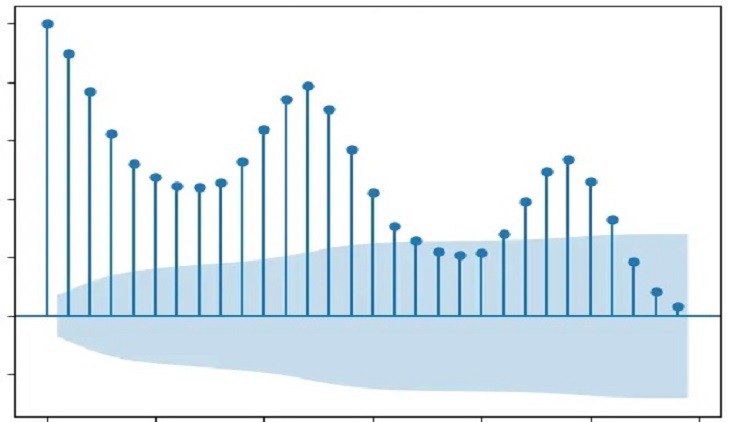
Time Series data handling with Scalecast for Machine Learning and Deep Learning
What you will learn
Data Analysis and Exploration
Plotting Graphs
Scalecast Interfaces for Machine Learning and Deep Learning
Exporting Results
Description
Uniform modeling (i.e. models from a diverse set of libraries, including scikit-learn, statsmodels, and tensorflow), reporting, and data visualizations are offered through the Scalecast interfaces. Data storage and processing then becomes easy as all applicable data, predictions, and many derived metrics are contained in a few objects with much customization available through different modules.
The ability to make predictions based upon historical observations creates a competitive advantage. For example, if an organization has the capacity to better forecast the sales quantities of a product, it will be in a more favorable position to optimize inventory levels. This can result in an increased liquidity of the organizations cash reserves, decrease of working capital and improved customer satisfaction by decreasing the backlog of orders. In the domain of machine learning, there’s a specific collection of methods and techniques particularly well suited for predicting the value of a dependent variable according to time, ARIMA is one of the important technique.
LSTM is the Recurrent Neural Network (RNN) used in deep learning for its optimized architecture to easily capture the pattern in sequential data. The benefit of this type of network is that it can learn and remember over long sequences and does not rely on pre-specified window lagged observation as input. The scalecast library hosts a TensorFlow LSTM that can easily be employed for time series forecasting tasks. The package was designed to take a lot of the headache out of implementing time series forecasts. It employs TensorFlow under-the-hood.
Some of the features are:
Lag, trend, and seasonality selection
Hyperparameter tuning using grid search and time series
Transformations
Scikit models
ARIMA
LSTM
Multivariate
Content